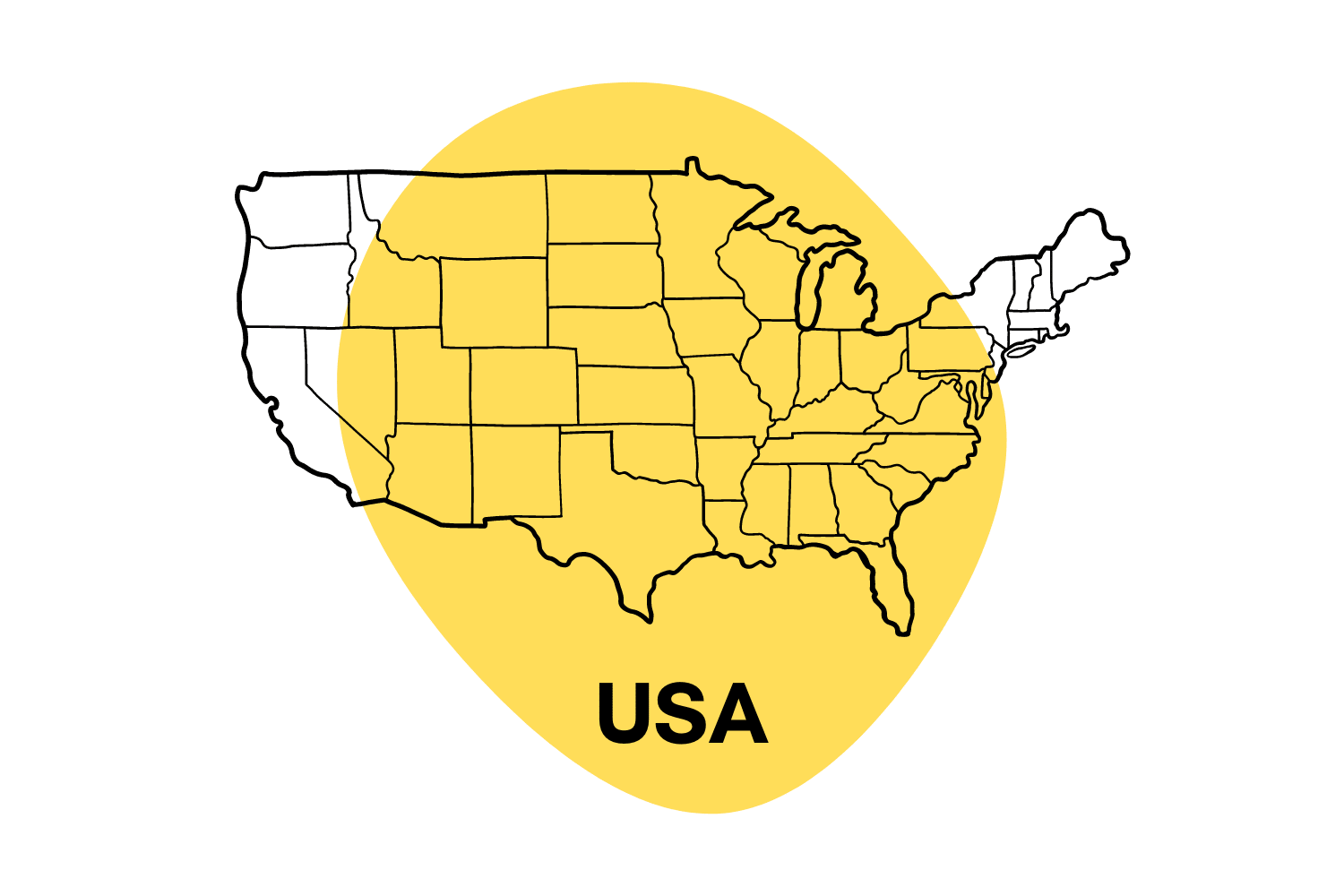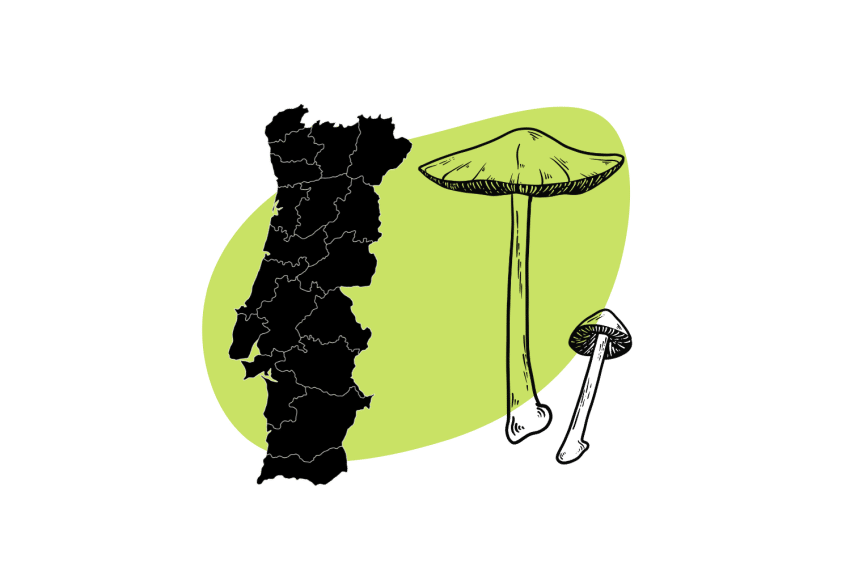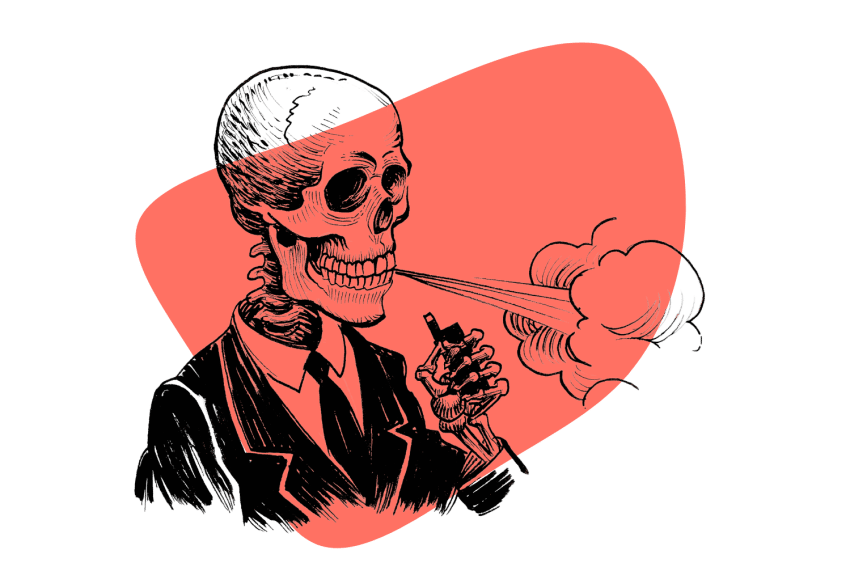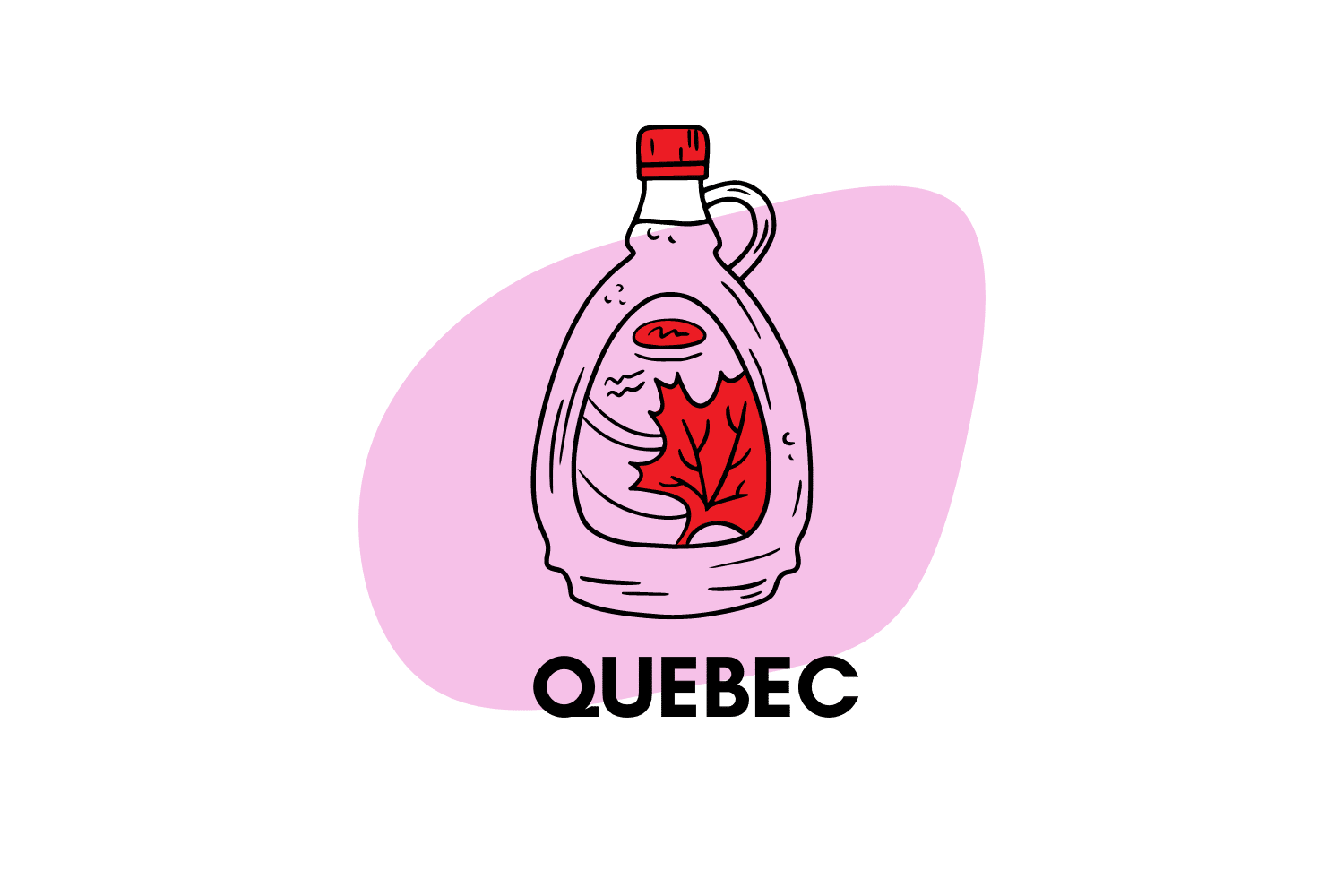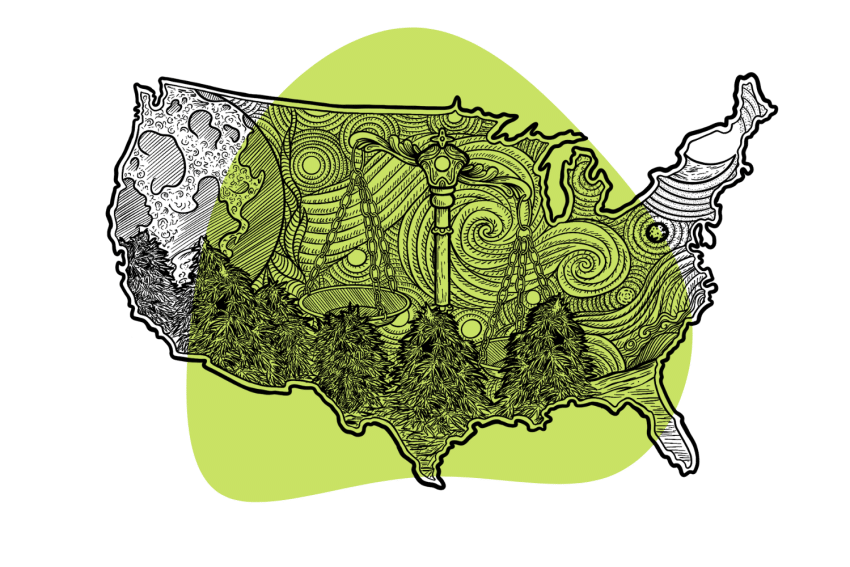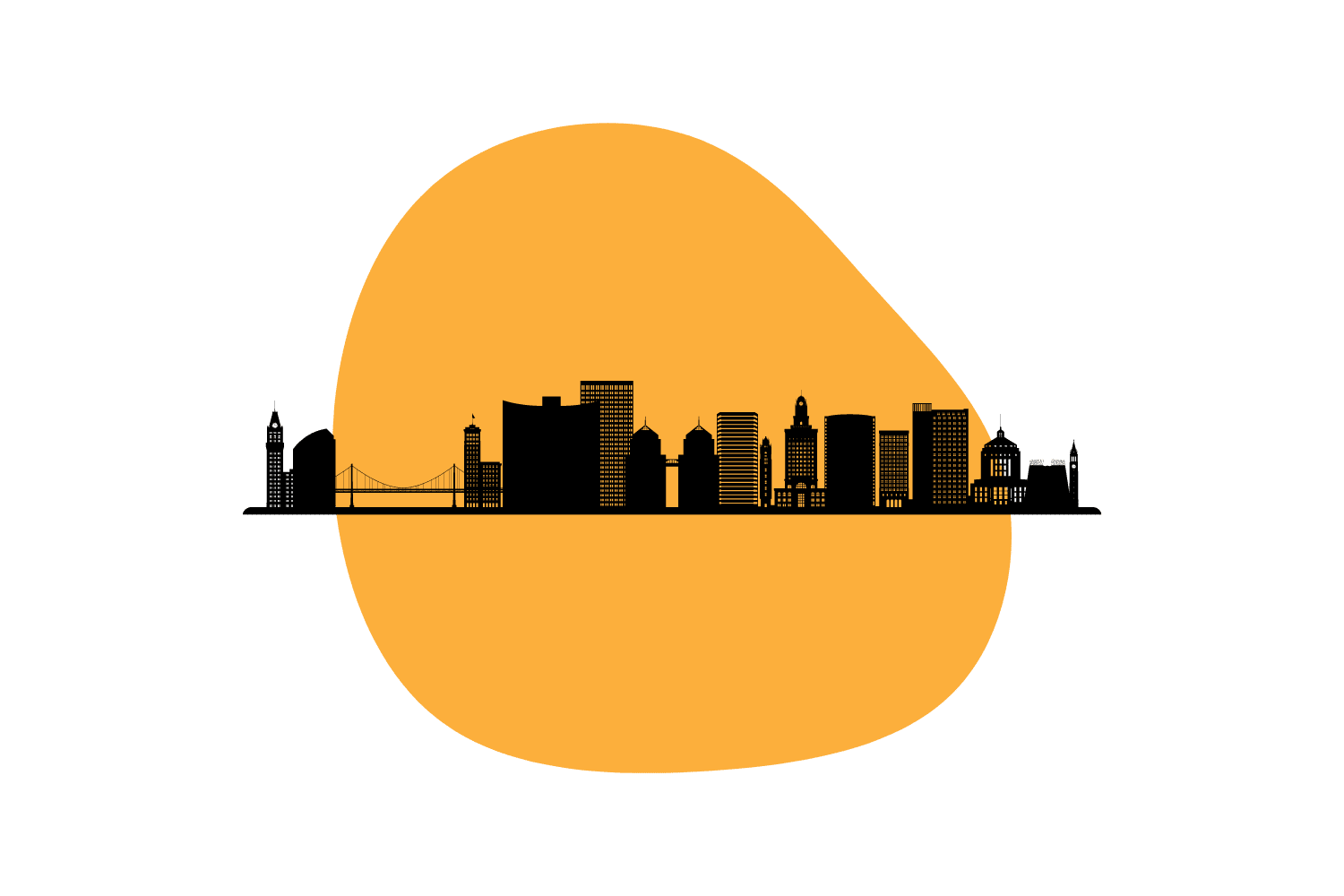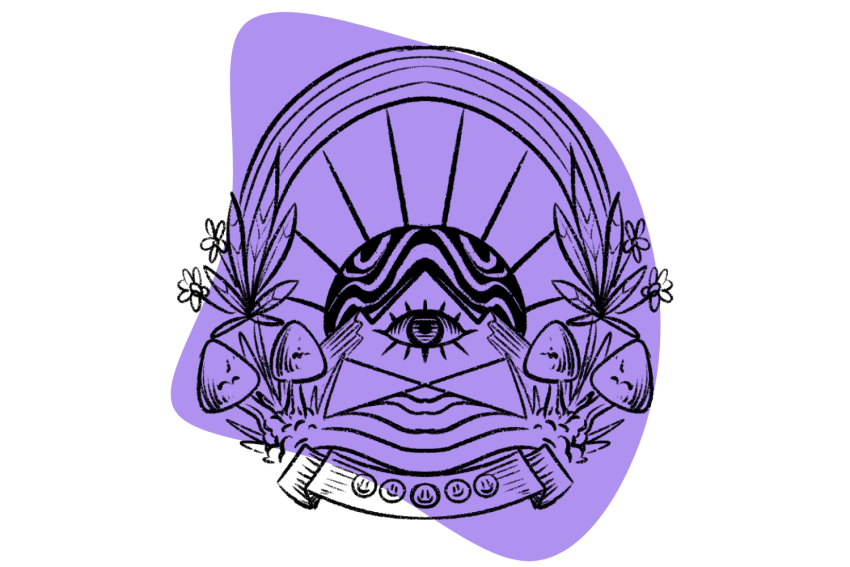The War On Drugs: Why It Failed & Where to Go From Here
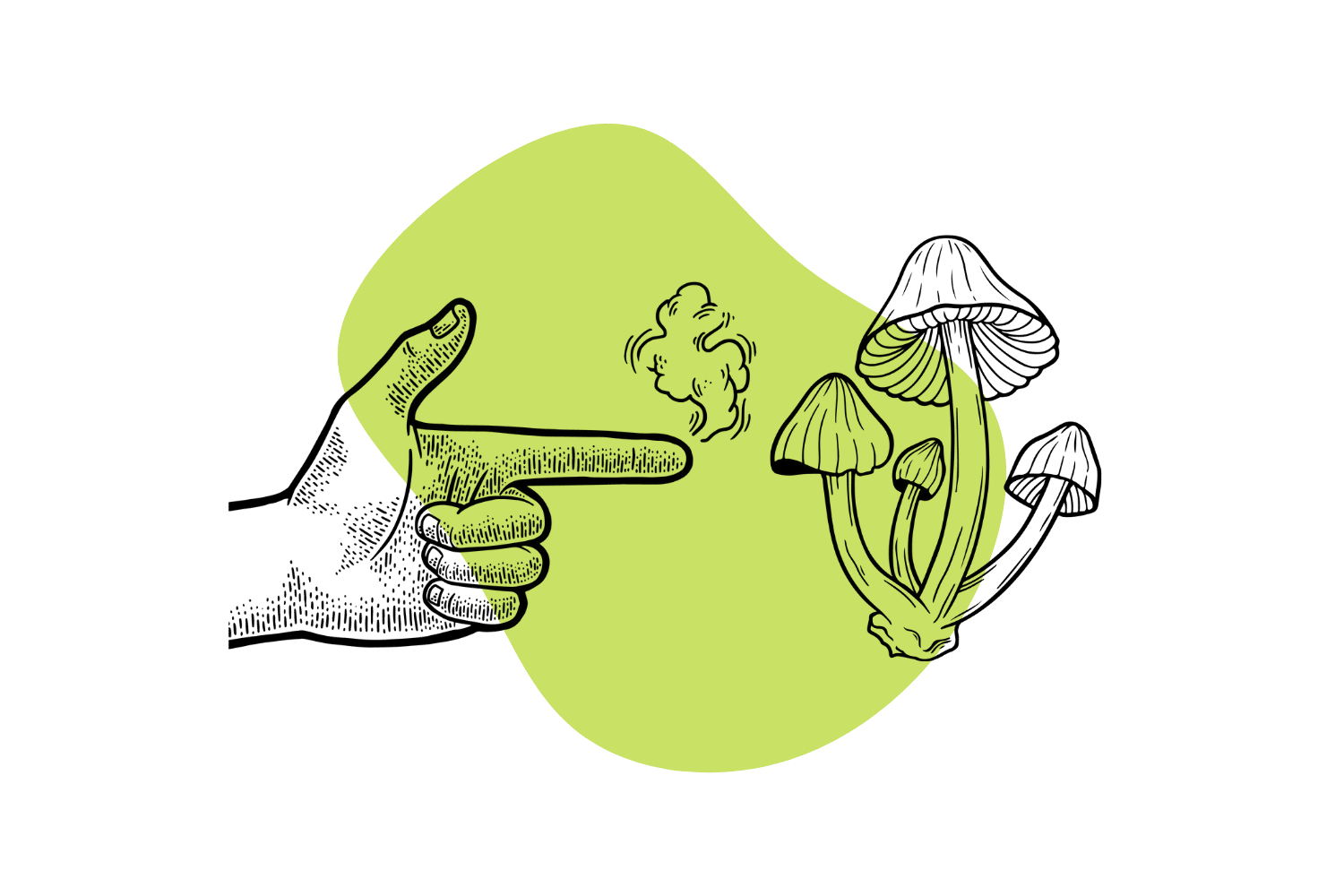
The War on Drugs was — and is — an attempt to control a part of human nature that doesn’t want to be controlled.
Is it really about safety and protecting our kids, or does it go deeper than that?
Here’s a look at this ongoing war that seems to do more harm than good, its impact on society, and why it might be time to try a new approach.
The War on Drugs
The War on Drugs has been going on for so long, most of us can’t remember a time when it hasn’t been around. How did it start, and how has it changed over the years? Here’s the timeline of events.
1970: President Nixon signs the Controlled Substance Act (CSA), outlining five “schedules” that categorize substances according to their potential for abuse and medicinal value.
June 1971: Nixon officially declares war on drugs.
July 1973: Nixon creates the Drug Enforcement Agency (DEA).
1973-1977: Eleven states decriminalize marijuana.
1977: Jimmy Carter becomes President after pushing for marijuana decriminalization. The Senate Judiciary Committee votes to decriminalize up to one ounce.
1984: First Lady Nancy Reagan launches her “Just Say No” campaign.
The mid-1980s: Drug transport changes routes due to the Florida Drug Task Force, making the Mexican border the new entry point. Crack is developed and becomes popular in New York’s inner-city neighborhoods.
October 1986: President Reagan signs the Anti-Drug Abuse Act of 1986, allotting 1.7 billion to the war and creating mandatory minimum penalties for drug convictions. These penalties are highly criticized for creating a racial imbalance in the prisons. Crack, a cheaper, more addictive, and more accessible form of cocaine is prevalent among lower-income communities and has a harsher penalty.
1989: President George H. W. Bush creates the Office of National Drug Control Policy (ONDCP).
May 1995: The US Sentencing Commission recognizes the racial disparities and suggests minimizing the discrepancy between crack and cocaine penalties. Congress overrides the commission’s suggestion for the first time in history.
August 2000: President Bill Clinton gives $1.3 billion to Plan Colombia in an effort to reduce cocaine production in the country.
April 2003: The Illicit Drug Anti-Proliferation Act is enacted, targeting predatory drugs, methamphetamine, and ecstasy.
2009: Support for the War on Drugs starts to decrease, and states begin to decriminalize drugs.
2010: Congress passed the Fair Sentencing Act (FSA), reducing the massive discrepancy between crack and cocaine penalties.
2021: The Drug Policy Reform Act of 2021 is introduced to Congress. If passed, this bill would decriminalize drugs for personal use and bring about massive reform to the current drug policies.
Thirty-six states have legalized marijuana for medicinal use, eighteen states have legalized it for recreational use, and thirteen have decriminalized it.
It’s important to note that legalization and decriminalization are not the same things.
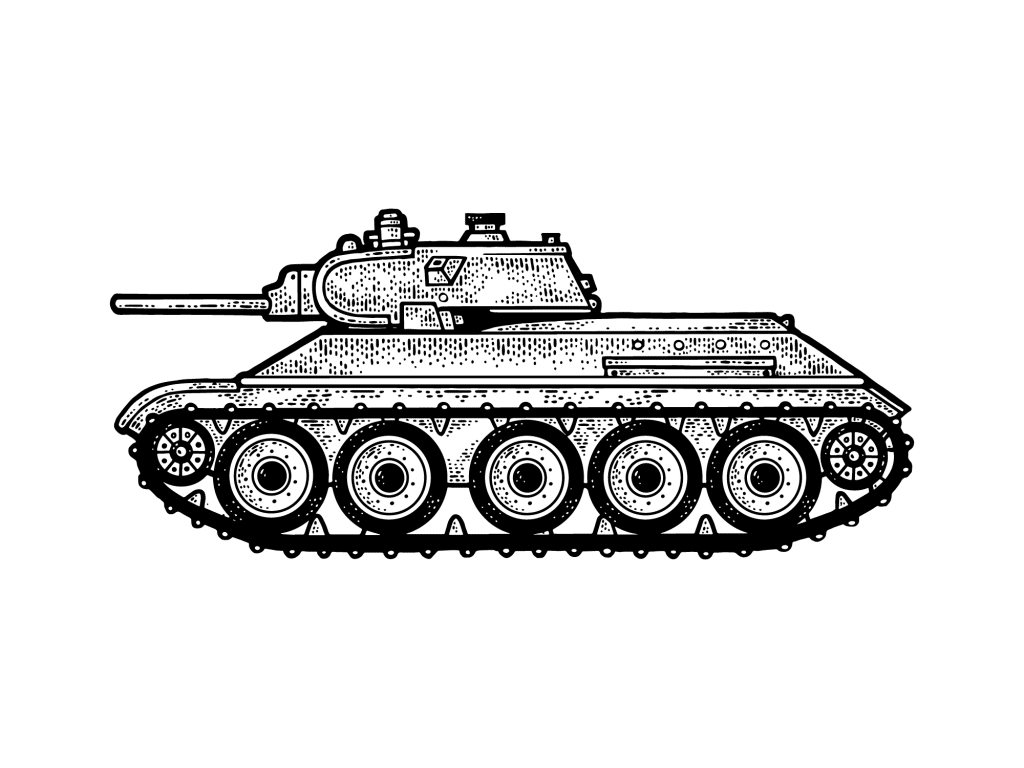
Why the War on Drugs Failed
No good comes from making policies based on fear, rather than fact. You can argue we didn’t know much about many of these substances at the time, but we knew enough.
We went to the extreme to protect our social norms but hurt ourselves in the process.
Here are four aspects to consider when we look at this war’s impact.
1. It Was Expensive
President Nixon made this war official in June 1971. He created the Drug Enforcement Agency (DEA), proposed mandatory prison sentencing, and increased funding to help the cause. The DEA originally had a budget of less than $75 million but hit $40.4 billion in 2021.
The total bill to date, straight from taxpayers’ wallets, is over $1 trillion.
2. Millions of Lives Were Affected
In the 1980s, President Reagan expanded the war and passed severe penalties for drug-related crimes. Non-violent drug offenses skyrocketed from 50,000 in 1980 to 400,000 in 1997. In 2021, over 450,000 people were in prison on any given day due to non-violent drug charges.
To date, 45.9% of those in prison are there because of drug crimes, making it the number one reason. To put that into perspective, weapons, explosives, and arson hold the second-largest percentage at 20.8%.
It doesn’t specify how many are non-violent, but our prison population (and the problems that come with it) would significantly drop if drugs were decriminalized or legalized [1,2].
3. The True Motives Were Never Clear
It’s possible this entire war was based on ulterior motives. Not in every case — most people really did have the best intentions.
However, we need to consider what went on behind the scenes. In an interview in 1994, John Ehrlichman, Assistant to the President for Domestic Affairs under President Richard Nixon, said, “You want to know what this [war on drugs] was really all about? The Nixon campaign in 1968, and the Nixon White House after that, had two enemies: the antiwar left and black people. You understand what I’m saying? We knew we couldn’t make it illegal to be either against the war or black, but by getting the public to associate the hippies with marijuana and blacks with heroin, and then criminalizing both heavily, we could disrupt those communities. We could arrest their leaders, raid their homes, break up their meetings, and vilify them night after night on the evening news. Did we know we were lying about the drugs? Of course we did.”
Was this the true heart of it all? We won’t know for sure, but it’s something to keep in mind.
4. It Was Never Supported By Research
Because of these laws, research on cannabis, LSD, and other drugs came to a halt. We’ve lost decades to a war that hasn’t slowed or stopped anything but progress.
Thanks to some relaxation of the laws, there’s a renewed interest in what people like Timothy Leary, Dr. David Nichols, and Gabor Mate have been telling us all along. Psychedelics, in particular, have their place in medicine — specifically psychotherapy.
Even the FDA recognizes that MDMA could be a potential treatment for PTSD and other mental disorders [3].
For now, most drugs, including psychedelics, are illegal in the US. However, laws are slowly changing at the state level as public opinion has shifted dramatically. As penalties decrease, research can increase, giving us access to new medical treatments.
Related: Psychedelics for Depression & Mental Illness
What About the Kids?
Does relaxing the drug laws mean putting kids in danger? No, not at all.
A recent review shows that decriminalization did not decrease the age that kids first try drugs, nor did it cause a drop in prices. The United Nations (UN) endorses a public health approach (versus criminal sanctions) and sees drug abuse as a disorder, not a crime [4].
The best way to promote a healthy mindset is to talk to your kids about drugs. If you know the facts, maintain a good relationship with them, and have ongoing conversations, your kids will be better equipped to handle peer pressure and know how to make good decisions.

Conclusion: A Balanced Approach
A look at the statistics shows a war that’s failed. We can either cling to past ideas or forge new ones based on the facts.
The War on Drugs hasn’t protected the youth, prevented drug use, stopped addiction, or halted drug smuggling. It has created overcrowded prisons, destroyed lives, powerful drug cartels, and detrimental opinions.
What’s next? Become informed, stay active with local laws, and be open and honest with your kids. The best way to keep them safe is by providing them with love, support, and accurate information.
Positive change might not be immediate, but it will come if we work together.
References
- Mueller-Coyne, J., Johnson, R., & Gresham, V. (2021). The Five Rs of Prison Reform With Ethnoracially Diverse Offenders: A Clinical Forensic Psychological Perspective. In Global Perspectives on Reforming the Criminal Justice System (pp. 107-127). IGI Global.
- Pfaff, J. F. (2015). The war on drugs and prison growth: limited importance, limited legislative options. Harv. J. on Legis., 52, 173.
- Doblin, R. (2002). A clinical plan for MDMA (Ecstasy) in the treatment of posttraumatic stress disorder (PTSD): partnering with the FDA. Journal of psychoactive drugs, 34(2), 185-194.
- Vicknasingam, B., Narayanan, S., Singh, D., & Chawarski, M. (2018). Decriminalization of drug use. Current opinion in psychiatry, 31(4), 300-305.

